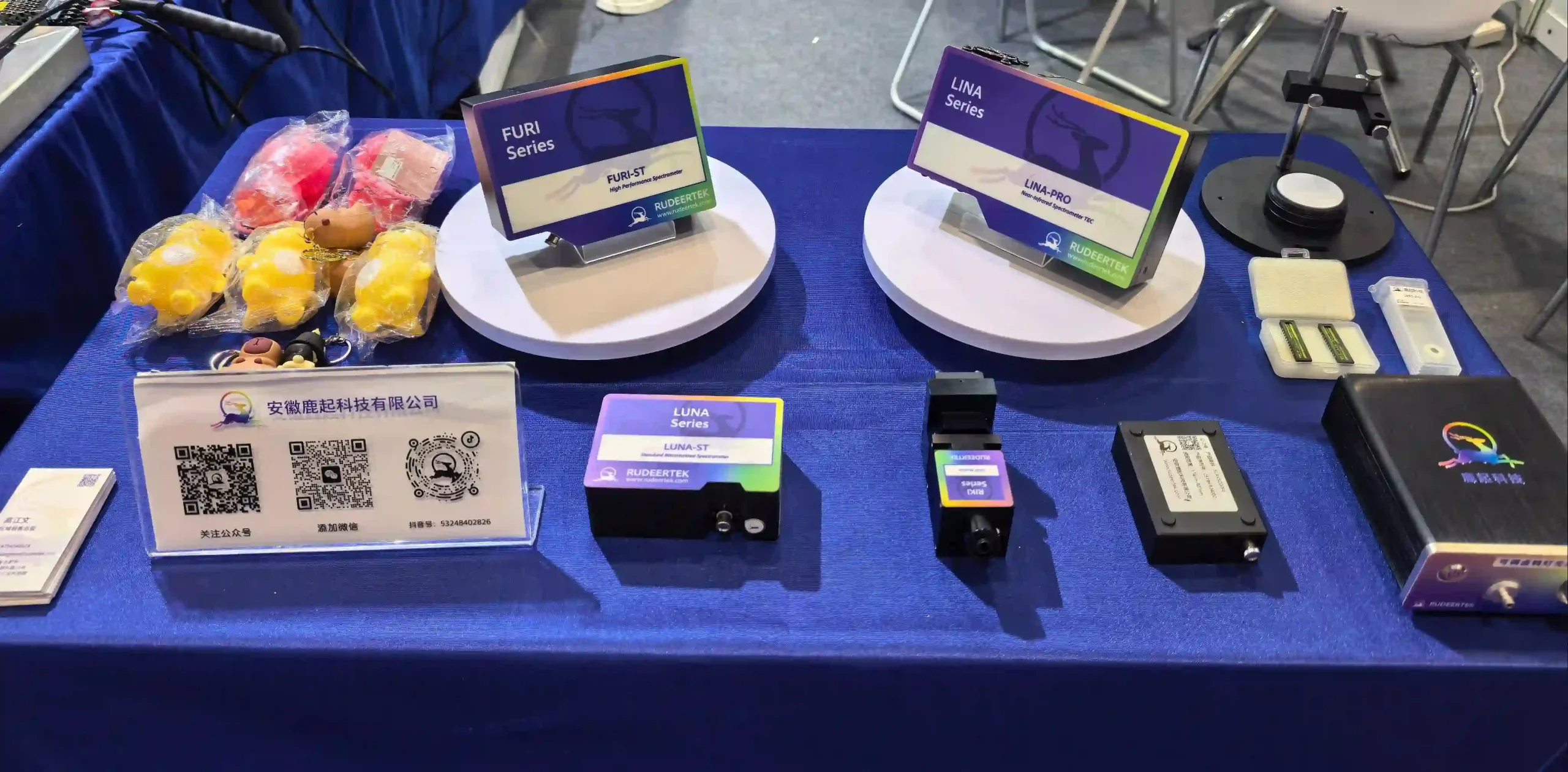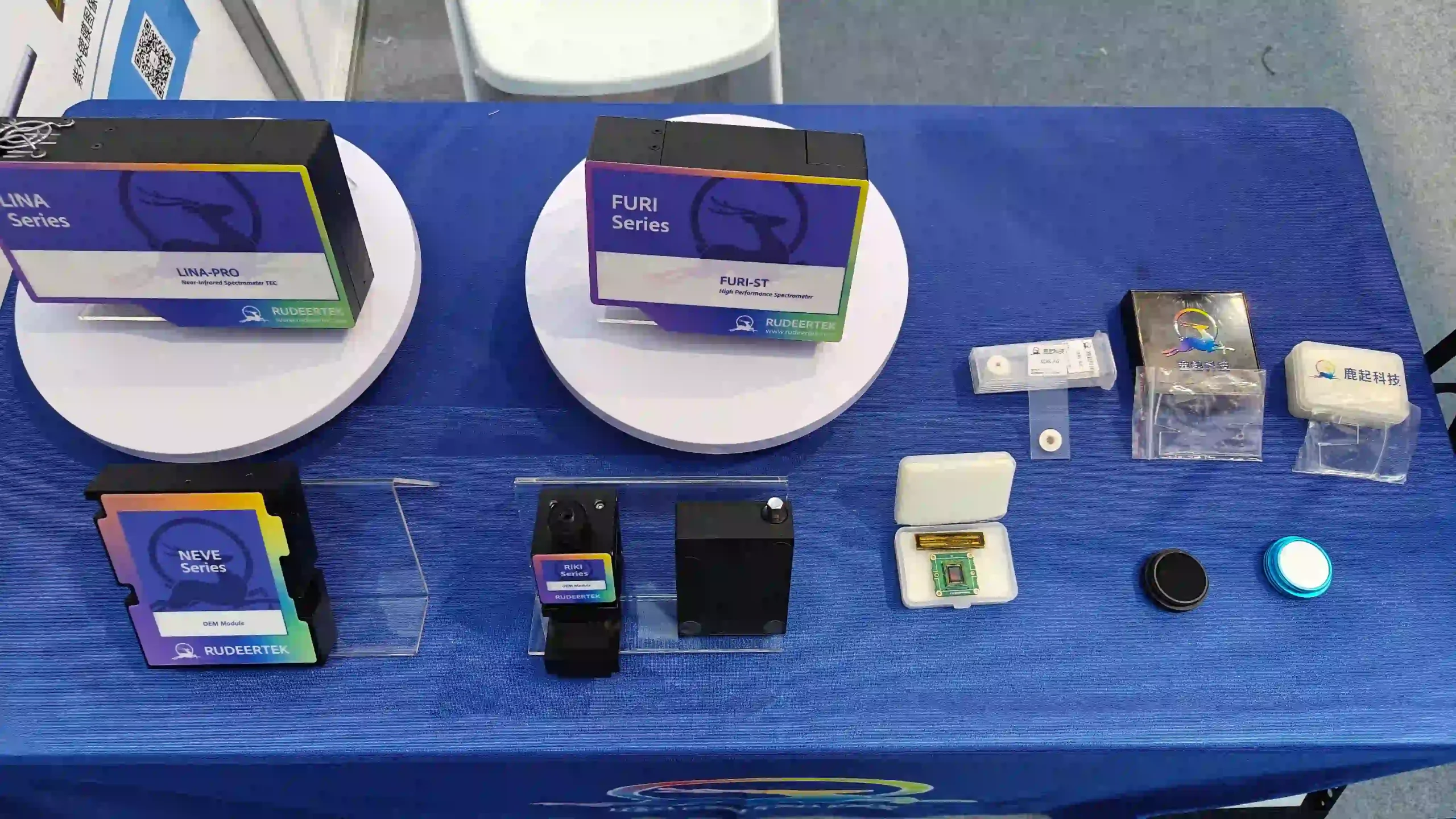Spectrometers for the Semiconductor Industry: Ensuring Precision and Quality in Manufacturing
Release time: 2025-10-28
Table of Contents
The semiconductor industry is the backbone of modern electronics, driving the development of everything from smartphones to high-performance computing systems. As the demand for smaller, faster, and more efficient chips increases, the need for accurate material characterization and quality control becomes critical. Spectrometers, which measure the properties of light, have become an indispensable tool in semiconductor manufacturing. This article dives into how spectrometers in semiconductor manufacturing contribute to precision, efficiency, and defect-free production.

What is a Spectrometer?
A high-quality spectrometer is an analytical tool used to measure the interaction of light with a material. By analyzing how light is absorbed, reflected, or emitted, spectrometers provide critical data on the material’s composition, thickness, and other key properties. In semiconductor manufacturing, these instruments are used to inspect semiconductor wafers, thin films, and chemical coatings, ensuring that all components meet stringent quality and performance standards.
The Importance of Spectrometers in the Semiconductor Industry
1. Material Characterization: Ensuring Quality from the Start
In the semiconductor industry, material quality directly impacts the performance of the end product. Spectrometers help analyze semiconductor materials—such as silicon wafers—by providing data on thickness, crystal structure, and composition. Techniques like X-ray fluorescence (XRF) and Fourier transform infrared (FTIR) spectroscopy are often employed to accurately measure these properties.
For instance, during chemical vapor deposition (CVD) processes, spectrometers measure layer thickness and detect inconsistencies, ensuring precise film deposition.
2. Real-time Process Monitoring for Enhanced Efficiency
The need for precision is paramount in semiconductor manufacturing. Spectrometers are increasingly used for real-time process monitoring, which helps identify any variations or defects in the materials or processes. This timely feedback allows for immediate adjustments, reducing waste and improving efficiency.
For example, during the etching process, spectrometers monitor the chemical composition of the wafer surface. By tracking changes in spectral patterns, manufacturers can prevent over-etching or under-etching, ensuring that the wafer’s surface maintains the desired properties.
3. Defect Detection: Preventing Product Failures
Defects in semiconductor materials can result in catastrophic failures or reduced performance. Spectrometers, especially Raman spectroscopy, can detect stress, strain, and defects at the atomic level, offering valuable insights into the physical structure of the material. Early detection allows manufacturers to correct issues before the final product is shipped, thus preventing costly recalls or failures.
Spectrometers also help identify unwanted contaminants or impurities that might negatively affect device performance. By analyzing the emitted light from a sample, spectrometers can pinpoint even the smallest traces of foreign particles.
4. Process Optimization: Enhancing Yield
The semiconductor manufacturing process requires continuous optimization. Spectrometers provide invaluable data for adjusting process parameters, which helps increase yield rates and product quality. For example, photolithography relies on precise light exposure. By using UV-VIS-NIR spectrometers to monitor light intensity and wavelengths, manufacturers can fine-tune this exposure, ensuring accurate pattern formation on semiconductor wafers.
5. Thin Film Analysis: Ensuring Consistent Performance
In applications such as solar cells, LEDs, and memory devices, thin films play a crucial role in device efficiency. Spectrometers, especially ellipsometry, provide critical data on the thickness, refractive index, and absorption of thin films, ensuring consistency and performance. Spectroscopic analysis of thin films allows manufacturers to maintain the precision necessary for high-quality semiconductor production.
Types of Spectrometers Used in Semiconductor Manufacturing
There are several types of spectrometers used in the semiconductor industry, each tailored to specific applications:
1. Optical Spectrometers
Optical spectrometers measure light interactions across a wide range of wavelengths, making them perfect for non-destructive analysis of semiconductor materials. These include:
- UV-VIS-NIR Spectrometers: These measure ultraviolet, visible, and near-infrared light to determine material properties like thickness and optical quality.
- Raman Spectrometers: These spectrometers provide insight into the crystal structure and stress levels in semiconductor materials by measuring light scattering.
2. X-ray Spectrometers
X-ray spectrometers, such as X-ray diffraction (XRD) and X-ray fluorescence (XRF), are essential for analyzing the crystal structure and elemental composition of semiconductor materials. These spectrometers are frequently used to inspect the microstructure of materials like silicon and germanium, ensuring they meet the necessary standards for electronics manufacturing.
3. Mass Spectrometers
Mass spectrometers are used to identify the chemical composition of semiconductor materials, detecting trace elements and contaminants at extremely low levels. This is particularly useful for ensuring that no unwanted particles are present in the semiconductor wafer.
4. Fourier Transform Infrared (FTIR) Spectrometers
FTIR spectrometers are excellent for analyzing organic materials or the surface coatings of semiconductor materials. They measure the absorption of infrared light to provide information about the molecular composition of the material.
Benefits of Spectrometers in the Semiconductor Industry
1. High Precision and Accuracy
Spectrometers offer unparalleled precision, making them indispensable for quality control in semiconductor manufacturing. The ability to measure minute variations in material properties ensures that every chip meets the highest standards.
2. Non-destructive Testing
Spectrometers enable non-destructive testing, allowing manufacturers to analyze semiconductor wafers without damaging them. This minimizes the risk of waste and ensures that high-quality products are produced at every stage.
3. Real-time Monitoring for Process Optimization
Spectrometers provide real-time data that allows semiconductor manufacturers to make immediate adjustments, improving overall efficiency and reducing production costs.
4. Versatility Across Applications
Spectrometers can be adapted to various applications in the semiconductor industry, from thin film analysis to defect detection, making them invaluable tools for manufacturers striving to improve quality and productivity.
Conclusion:
Spectrometers are essential instruments in the semiconductor industry, ensuring that materials and processes meet the required standards for precision and quality. Whether for material characterization, defect detection, or real-time monitoring, spectrometers contribute significantly to manufacturing efficiency and product quality. With the increasing demand for high-performance semiconductor devices, spectrometers will continue to play a crucial role in shaping the future of the industry.
Want to improve your semiconductor manufacturing processes? Discover how advanced spectrometer solutions can help optimize your production line today!


